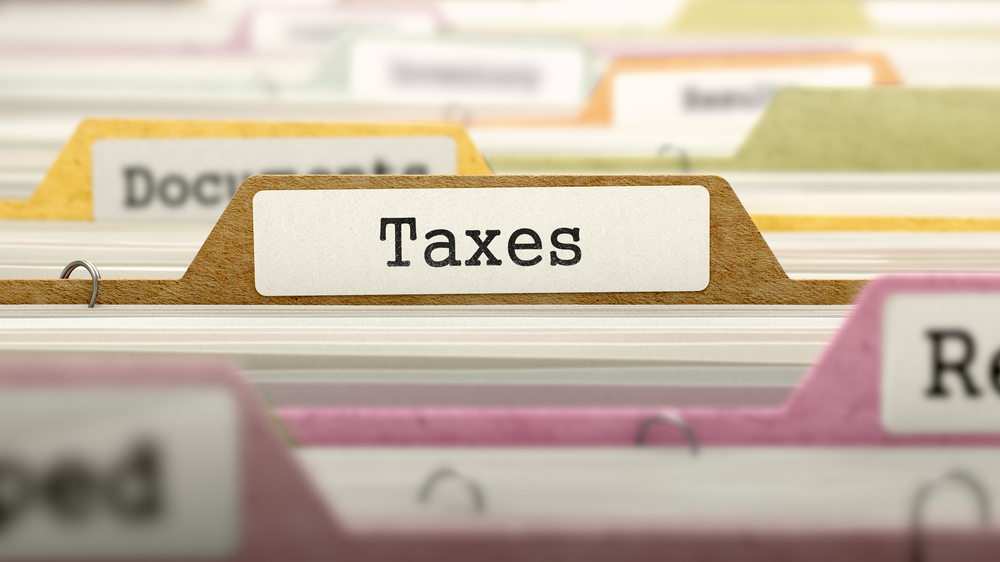by mBurse Team Member
November 28, 2023
It's time to review your company car allowance plan for 2024. With inflation continuing to run high and employees still unable to claim tax deductions for business mileage, the standard car allowance plan needs serious reform.
5 reasons to update your car allowance for 2024:
1. High inflation in vehicle costs
Vehicle costs are facing cumulative effects of inflation in multiple areas. Not only are prices of both new and used vehicles historically high, but insurance premiums have risen by nearly 19.2% over the past year. The costs of vehicle maintenance and repair have risen by 9.6% over the past year.
Depending on the last time your organization reviewed its car allowance amount, inflation in costs may have significantly reduced its value to your employees. Average car allowance amounts have remained relatively stable over the past five years, ranging between $500 and $600 per month. Yet since 2020 the prices of new and used vehicles have risen by 25% and 35%, respectively.
Car allowances that do not meet employee expense needs will create frustration and possibly increase attrition rates as well.
2. Tax reform effects
Under the current tax code, your employees cannot write off unreimbursed business expenses until 2026. If your employees receive a car allowance, they cannot deduct mileage. This means it’s up to your organization to provide a full car reimbursement. You cannot expect employees to just write off their mileage or the difference between their expenses and their allowance.
When you combine this circumstance with the increase in vehicle expenses, you have employees facing significant financial pressure that they expect their employer to relieve.
3. State indemnification codes
Several states have employee-friendly labor laws (such as CA, RI, MA, NY, IL, and MI), and others may join them as employees complain about car allowances not keeping up with costs.
If your car allowance does not fully reimburse employees, you could have problems as they cannot deduct their business mileage and gas prices and inflation are rising rapidly. Employees in these states can hold the company accountable under their labor code, and that could get costly fast.
4. Attrition rates due to vehicle costs
Your employee car allowance either helps you or hurts you in attracting and retaining top talent. If your organization doesn’t reimburse employees properly, your employees may look for work elsewhere. Losing experienced employees can get expensive in both the loss of revenue from reduced productivity and the costs of finding and training new employees. (There are four tell-tale signs to indicate whether your car allowance is competitive.)
5. Tax expense on payments of decreasing value
Tax waste is the Achilles heel of car allowances. Federal taxes, state taxes (if applicable), and FICA/Medicare eat into your employees’ allowance, often by 30% to 40%. If you pay $600/month, your employee may be taking home less than $400. With gas prices and inflation increasing, there will likely be a gap between that employee’s business expenses and your car allowance amount. This gap will expose you to all the problems we’ve covered.
But there’s a chance that, by switching to a non-taxable car reimbursement, you won’t have to increase your employee car allowance amount. The same payment sum suddenly becomes worth 40% more to the employee while costing the employer significantly less.
Offering a competitive car allowance in 2024
Now is the time to make changes to your business vehicle policy. The pressure to adhere to CA Labor Code 2802(a) already existed. Then came the pressure from the Illinois Wage and Payment Collection Act, which requires employers to “reimburse an employee for all necessary expenditures” they incur for completing the duties of their job.
Now vehicle expenses have increased significantly. How do you retain strong employees and attract new talent without breaking the bank?
The easiest solution is a non-taxable car allowance.
Now is the time to re-structure your employee car allowance policy. Here's a calculator to determine how much a non-taxable car reimbursement would save compared with your current taxable car allowance:
Two Tools to Cut Company Fleet Costs and Comply with IRS Rules
How to Apply the 2024 IRS Mileage Rate to Your Business






